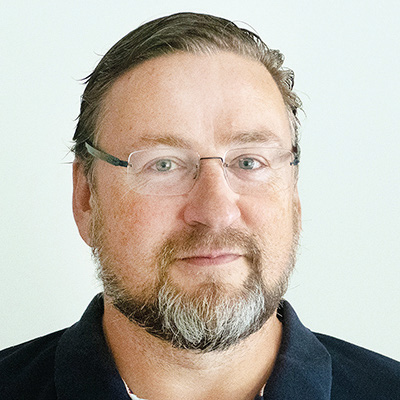08/02/2023
Offshore wind energy – not in anyone’s backyard
With today’s urgency to find quick and cost-efficient sources of clean energy, wind is expanding again. However, many producers still run into the “not in my backyard” mindset for wind production. Offshore wind energy is one solution, but there are still challenges to its widespread adoption. Luckily, new innovations are coming to the market to balance environmental concerns with commercial viability.
Entire energy supply chains are scrambling to find ways to harness the power of wind – while balancing ecological concerns with economic realities. Offshore wind energy has been gaining speed as one of the most viable sources for increasing renewable energy production.
The sea offers an open and nearly endless source of strong wind power – and is not directly in anyone’s backyard.
Why then is offshore wind power problematic?
One of the most often cited reason is the significant environmental impact that wind turbines may have on marine ecosystems. Another recently emerging bottleneck is the lack of purpose-built turbine installation vessels needed to build large offshore wind farms. Let’s take a deeper look.
As the offshore market picks up, foundations and turbines are growing to harness the energy more efficiently. Today’s turbines of 15 MW will soon be surpassed by the coming 20 MW and 25 MW turbines planned for the not-so-distant future. Also, the total number of turbines and monopiles is expected to triple in the next three years.
New purpose-built vessels take years to build and cost a lot
Purpose built wind industry vessels currently carry out most of the offshore installation work. Oil and gas vessels, too, are used when they are not prioritized to serve their intended industry. But as the turbines grow in size, so too must the purpose-built vessels to install them.
With the booming market and growing sizes, new offshore installations now face a lack of vessels. Building new purpose-built vessels with jack-up legs and heavy cranes to serve the offshore wind industry takes many years and is getting more expensive all the time.
Commonly used monopiles are not suitable for the hard rock seabed
There are other realities to consider, as well: Although monopiles are used for the majority of all wind power, they are not suitable when the seabed is hard rock, like in the Baltic Sea.
And even if Sweden, Estonia, and Finland were to embark on offshore wind, only four installation vessels in the world can currently pass over the Øresund Bridge, with its tunnel-bridge combination linking Copenhagen to Malmö, to access the Baltic Sea.
What happens in the future?
Despite the seemingly endless list of obstacles, there are new innovations coming to the market to balance both environmental concerns with commercial viability. These allow more areas globally to take advantage of wind power.
For instance, companies like Elomatic have been working on a foundation concept that can both eliminate the complications of offshore installations and avoid the negative environmental impacts.
The great advantage of the new foundation solution
The biggest advantage of Elomatic’s solution, called Float Foundation, is that it is gravity based, with no requirement for any kind of specialized installation vessel. The entire wind turbine and its foundation are all assembled at quayside with an onshore crane.
Once completed, the full structure is towed out to sea, ready to lower into its final location by ballasting it with seawater and with the help of installation barges and strand jacks. This video shows Float Foundation moving to its spot.
The heavy foundation with its unique skirt technology then dredges itself into place and penetrates any seabed material for a firm hold. It also copes well with high ice loads in Northern Baltic conditions.
Balancing ecology with economy
With new innovations, offshore wind farms can be feasible in numerous locations that do not want to endanger marine life or were previously not possible for monopiles.
Float Foundation is environmentally friendly, eliminating the detrimental noise associated with hammering and the negative impact on marine species or habitats. There is minimum soil movement or seabed excavation. Once the turbine reaches the end of its life, it can simply be floated back up to the surface and towed back to shore where all steel and other valuable materials can be recycled.
We strongly believe this concept balances ecology with economy – in any location where harvesting offshore wind is desired. It even works in areas where existing technologies have failed so far, demonstrating a competitive cost level, a minimized transportation and CO2 footprint and the lowest environmental impact.
Want to know more? Check out these related articles:
Float Foundation – our unique foundation solution
Are you thinking of reshaping your current floater design? Or are you making your first concepts? We can support you from concept to detailed design.
Offshore Energy
We offer innovative solutions and consulting related to offshore wind power and the transition to carbon-neutral fuels. Our unique foundation solution, Float Foundation, allows you to install an offshore wind farm without special vessels.

